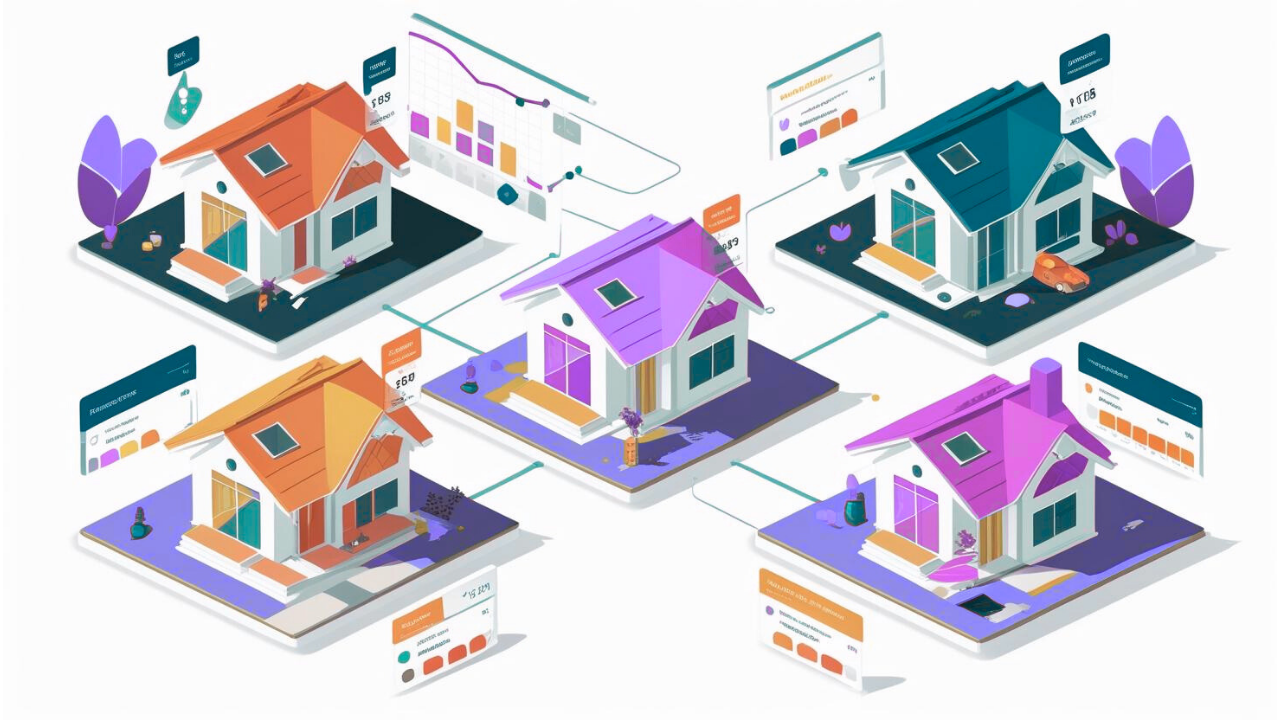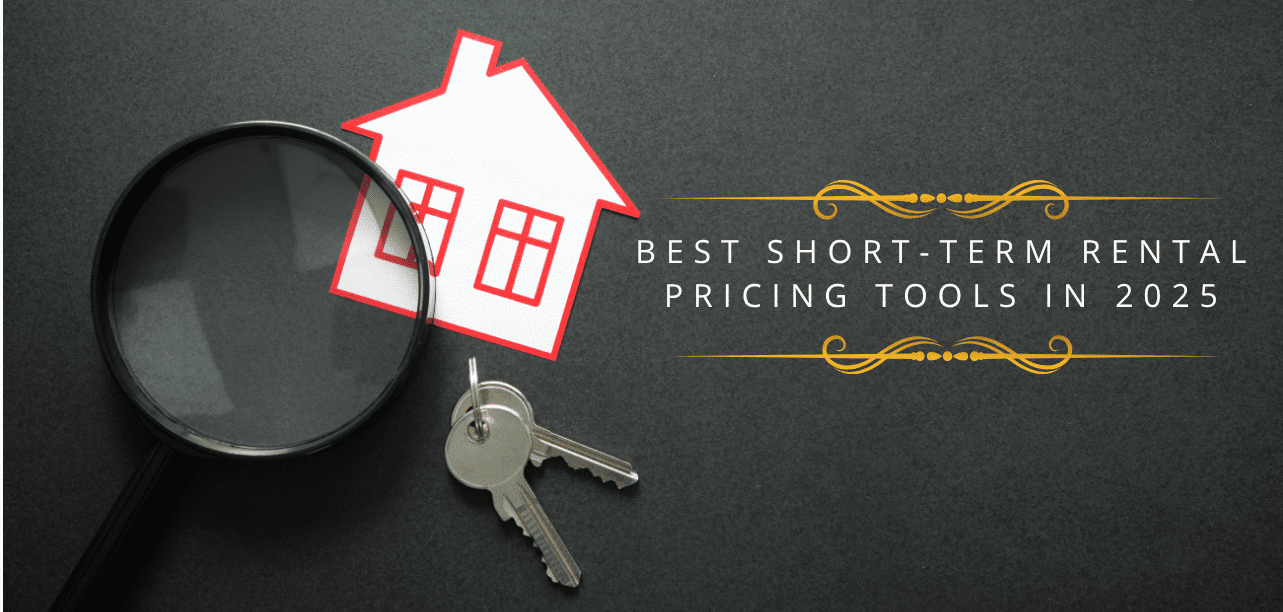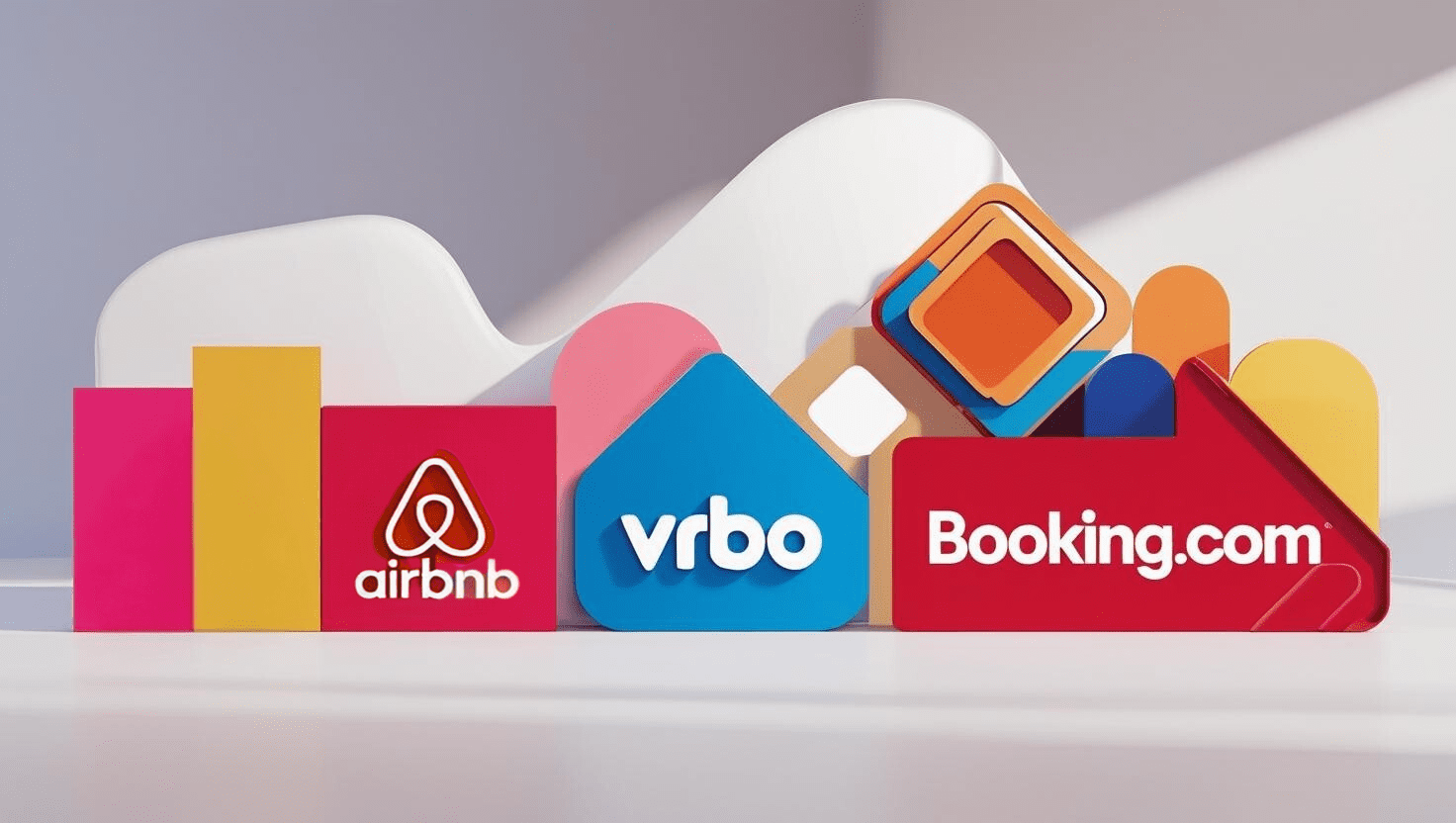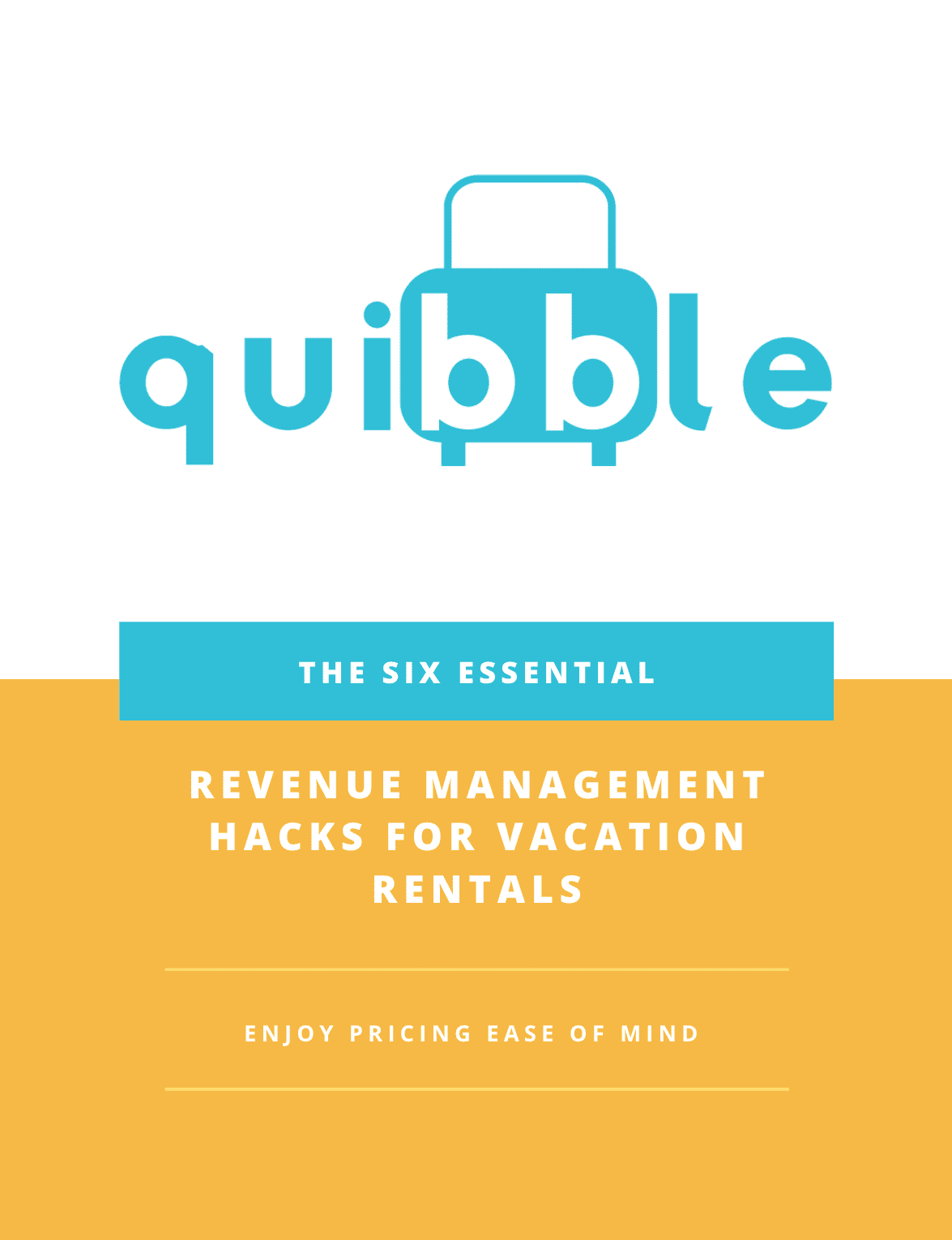Are you struggling to determine the perfect pricing strategy for your short-term rental property? You’re not alone! As a short-term rental owner or property manager, setting competitive and profitable rates can be one of the most challenging aspects of the business. In this blog post, we’ll dive into the key factors you should consider before pricing your STR property to maximize your bookings and revenue, without compromising guest satisfaction.
1. Operating Costs and Profit Margins
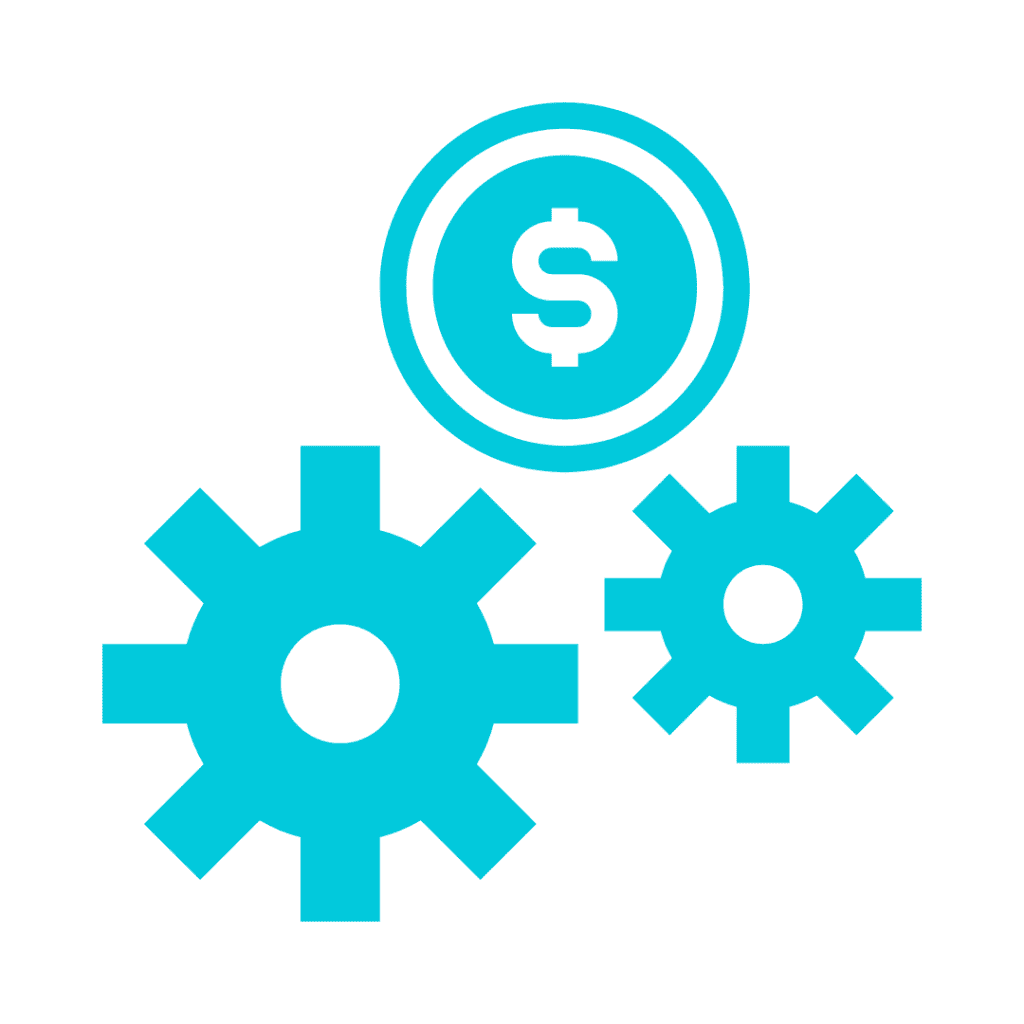
It’s crucial to strike a balance between generating revenue and covering your operating costs. Factor in expenses such as maintenance, utilities, cleaning services, and property management fees. Aim for a profit margin that justifies your efforts while remaining attractive to potential guests.

Property managers and STR owners should conduct a thorough analysis of comparable listings in their area. Take note of properties with similar features, such as the number of bedrooms, amenities, and overall quality. This will give you a better understanding of the prevailing pricing strategies and help you position your property within the market.

Seasonality plays a vital role in the STR industry. Pricing strategies should be tailored to accommodate fluctuations in demand throughout the year. During peak tourist seasons, such as holidays and special events, you can adjust your rates accordingly. Dynamic pricing is a popular strategy that involves adjusting rates based on real-time demand and supply data, ensuring you capitalize on high-demand periods.
4. Amenities and Unique Selling Points

Consider the amenities and unique features your property offers. Whether it’s a breathtaking view, a private pool, or high-speed internet, these attributes can influence the perceived value of your STR. Highlight these aspects in your listing and factor them into your pricing strategy. Quibble offers dynamic pricing services that take into account these features, helping you optimize your rates for maximum profitability.
5. Guest Capacity and Bedroom Configuration

The size and layout of your property determine the number of guests it can accommodate. Larger properties with multiple bedrooms can command higher rates, especially for group travelers. Conversely, smaller properties might attract solo travelers or couples looking for a cozy getaway. Tailor your pricing based on the guest capacity and bedroom configuration to attract the right target audience.
6. Location, Location, Location

The old adage holds true even in the world of short-term rentals. The location of your property plays a pivotal role in determining its value. Proximity to popular attractions, business districts, and public transportation can significantly impact the demand and subsequently, the pricing of your STR. Research the local market trends and benchmark your property against similar listings to arrive at a competitive rate.

Positive reviews and guest feedback can significantly impact your property’s perceived value. A well-maintained property with excellent reviews can command higher rates, as guests are more likely to pay a premium for quality and reliability. Prioritize guest satisfaction to build a strong reputation in the STR community. Got a new listing? See top tips for getting reviews here.
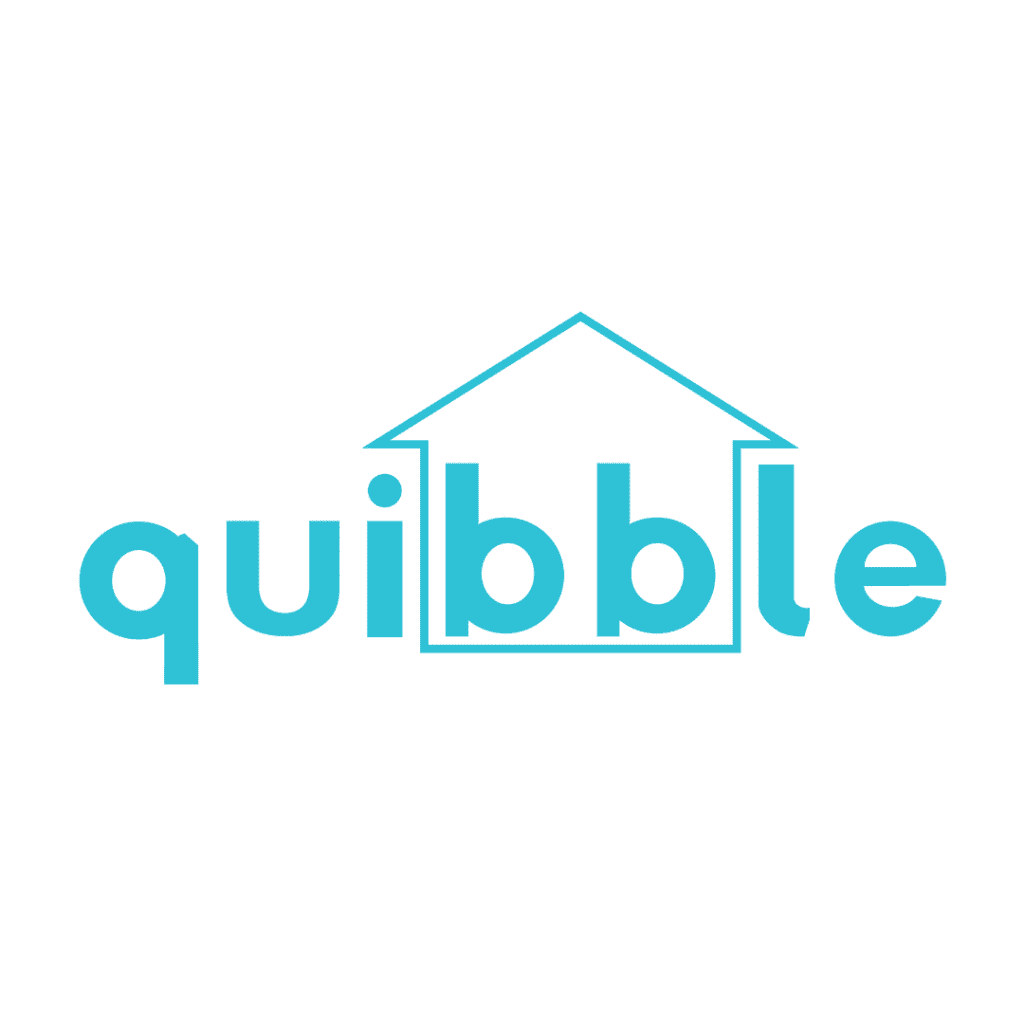
In the era of data-driven decision-making, dynamic pricing has become a game-changer for STR owners and property managers. Quibble’s innovative approach to dynamic pricing simplifies the process for STR owners and property managers. Quibble specializes in dynamic pricing strategies that analyze market trends, occupancy rates, and competitor pricing to automatically adjust your rates. This approach ensures that you’re always competitive and maximizing your revenue potential.
💎 Conclusion
In conclusion, pricing your short-term rental property requires a well-rounded approach that considers both the market dynamics and the unique attributes of your property. Utilize the power of data-driven strategies like dynamic pricing to stay ahead in the competitive STR landscape.
By harnessing advanced algorithms and machine learning, Quibble analyzes an array of data points – from competitor rates to historical booking patterns – to provide actionable pricing recommendations. This not only saves time but also ensures your vacation rental is priced competitively and strategically.


